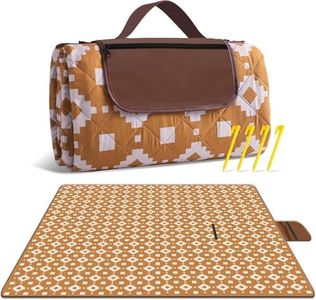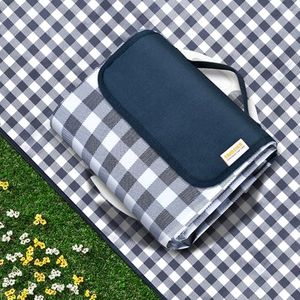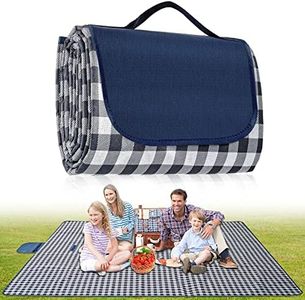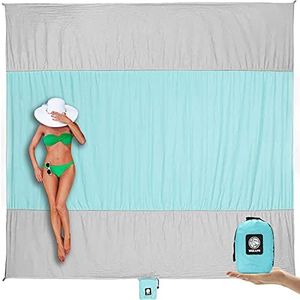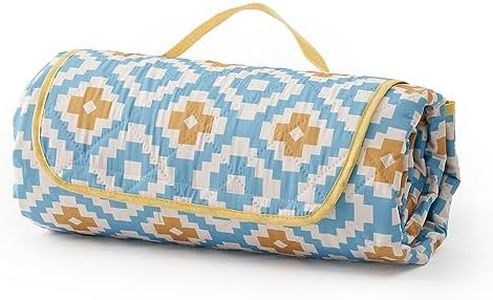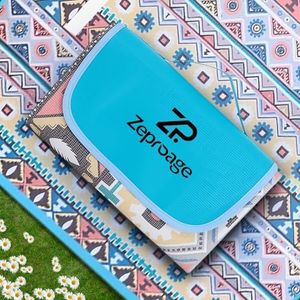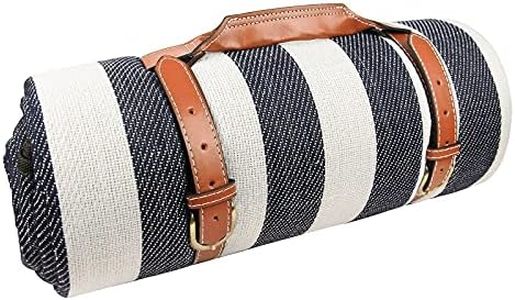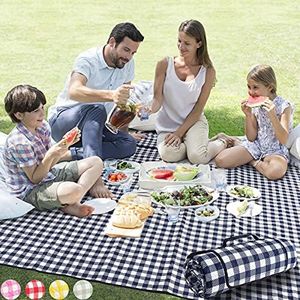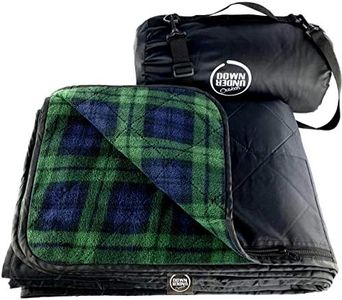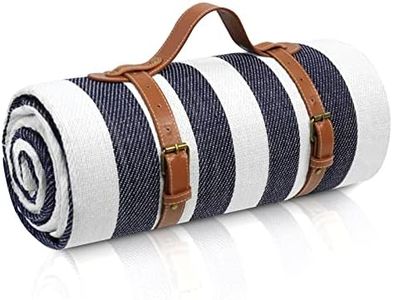We Use CookiesWe use cookies to enhance the security, performance,
functionality and for analytical and promotional activities. By continuing to browse this site you
are agreeing to our privacy policy
10 Best Waterproof Picnic Blankets
From leading brands and best sellers available on the web.Buying Guide for the Best Waterproof Picnic Blankets
Choosing the right waterproof picnic blanket can make outdoor adventures more enjoyable and hassle-free. When buying one, it's important to focus on how, where, and how often you'll use the blanket. Consider if you expect to face wet grass, rugged terrain, or need easy portability. Key features impact comfort, durability, and convenience, so understanding what each spec means will help you find a blanket that fits your lifestyle and needs.MaterialThe material of a waterproof picnic blanket is vital because it determines how well it keeps moisture out, how comfortable it feels, and how durable it is. Most waterproof layers are made from materials like PEVA or PVC, while the top layer can be fleece, polyester, or nylon. Fleece offers softness and warmth, polyester is light and quick-drying, and nylon is tough and resistant to tears. Think about what's important to you: Do you want comfort, or is durability more critical? For beaches or rougher surfaces, a tough material is best, while parks call for something soft and cozy.
SizeSize refers to how much space the blanket provides when spread out, and also how compact it is when folded. Common options range from small (good for two people) to extra-large (fits families or groups). If you usually picnic alone or with one other person, a smaller blanket is easier to carry and store. For family gatherings or group outings, a larger option gives everyone space to spread out food and relax comfortably.
Waterproof Layer/BackingThe waterproof layer, often on the bottom, is what stops moisture from seeping through. This can come in varying thicknesses and materials, and it directly affects performance on damp grass or wet sand. Thin layers are lighter but may not withstand heavy moisture, while thicker or more rugged backings can handle wetter conditions and add insulation but may make the blanket bulkier. Choose a thickness based on how wet the ground usually is where you'll use it.
PortabilityPortability means how easy it is to carry the blanket when you’re on the move. Some blankets roll up or fold into compact shapes and have handles or straps for carrying. Lightweight, easy-fold styles are best if you're hiking or carrying the blanket for long distances. If transport is not a major concern, you might opt for padding or thicker materials that may add bulk but provide more comfort.
Ease of CleaningEase of cleaning is important as your picnic blanket will likely face spills, mud, and grass stains. Some can be machine washed, while others only allow surface wiping. Machine washable blankets are convenient for frequent use and outings with children or pets. If you prefer low-maintenance, look for materials that repel dirt and are easy to shake clean or wipe down.
InsulationInsulation is about how well the blanket protects you from cold or uneven ground. Some waterproof picnic blankets add padding or quilted layers for extra warmth and comfort. If you picnic early in the season or in cool weather, insulation may be a high priority. On hot days or at the beach, less insulation is fine and usually results in a lighter carry.
